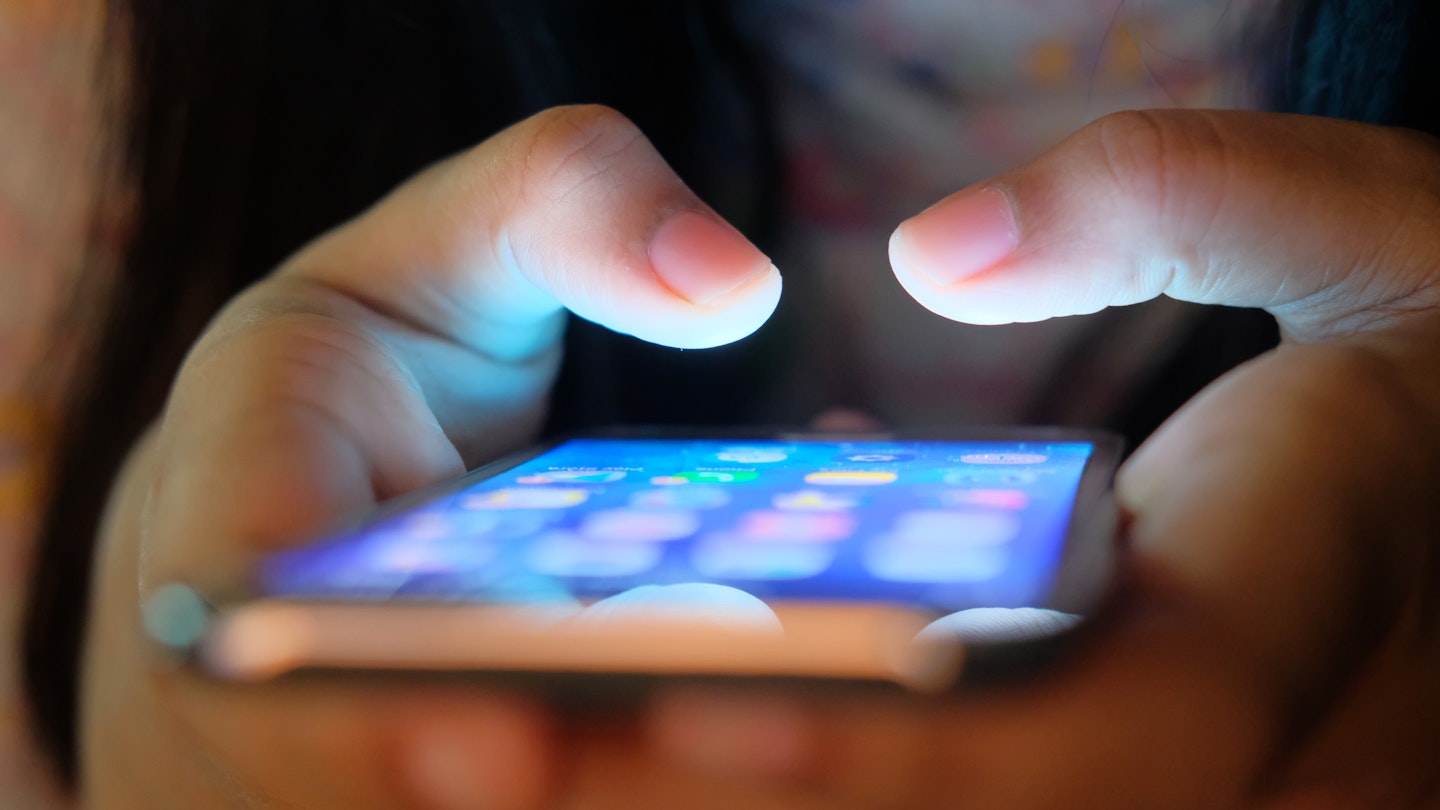Using Social Media for Airline Customer Service
Airline apps and websites simplify booking management, especially during disruptions or if changes need to be made. However, there are times when you need to speak to the airline directly, which can be difficult due to long wait times. Fortunately, social media can help you bypass these queues and address your issues swiftly.
Use Twitter, not Facebook
In general, Twitter is the most effective platform for resolving airline inquiries, significantly outperforming Facebook in this area. This is largely because airlines cannot easily hide customer complaints on Twitter. Furthermore, many aviation journalists are active on this platform, making it easier to flag issues promptly.
Ensure you’re contacting the correct account, as numerous parody accounts exist. Look for the verified tick to confirm authenticity, and avoid tagging airline CEOs, as they are often parody accounts and likely won’t assist with customer service problems.
Utilizing the #PaxEx (passenger experience) hashtag can also enhance visibility, as many airlines and journalists monitor it for insights into industry happenings.
Additionally, verify that you are communicating with the correct airline, especially in partnerships like those among oneworld airlines. For instance, while you may book a ticket with American Airlines and receive an AA flight code, the actual flight could be operated by British Airways.
Use the Medium Efficiently for Optimal Results
While some airlines allow open direct messaging (DMs), it’s advisable to start your inquiry publicly. This approach creates an incentive for the airline to address your issue swiftly.
Communicate clearly and respectfully, avoiding the use of the airline’s username at the beginning, as that confines your message to private view.
For example, if you need to rebook your flight due to a winter storm, you might say:
Hi @Airline, I’m having issues rebooking my Toronto flight tomorrow during Winter Storm Esmeralda. Can you assist?
Typically, airlines will direct you to DMs for data protection and to minimize visible complaints on Twitter. If you choose to DM them, follow up with a public post like:
@Airline Thanks. I’ve DMed, but could you look into it ASAP please? I’m concerned as I need to leave tomorrow for a family event.
If you don’t receive a response in about an hour, follow up politely to keep the pressure on; after all, the squeaky wheel gets the grease in situations like this.
While it’s best to avoid tagging journalists early in the process, sometimes a gentle nudge from someone in the press can facilitate a resolution or provide alternative options.
Be Cautious with Personal Information
Exercise caution when sharing personal details, even through DMs. Avoid providing your six-character booking reference (PNR) publicly, as anyone with access to it can easily modify your booking.
It’s also crucial not to share images of your boarding pass online, as they contain sensitive information. Airlines that request excessive personal information through social media pose a risk for data security and identity theft, as social media is an inherently insecure communication channel.
For example, when checking on my bag during a connecting flight, British Airways responded:
We’ll need your full name and booking reference to assist you. Please also confirm two of the following:
- Passport number and expiry date (if in booking)
- Last four digits of the payment card
- Billing address, including postal code
- Email address
If booked through an agency, we’ll require the agency name and contact details.
Such requests can be excessive. Airlines should not ask for sensitive data like passport numbers or home addresses over unsecured channels. If you receive a request for sensitive information, consider asking for a callback instead.
Lastly, remember to extend kindness to customer service representatives. They often handle frustrated travelers and a simple acknowledgment of their efforts can go a long way in improving your interaction.




